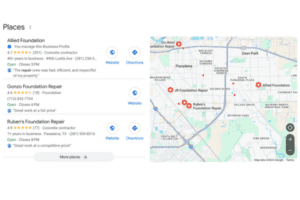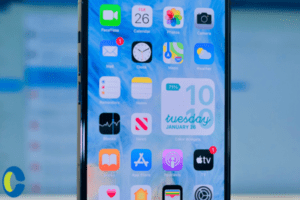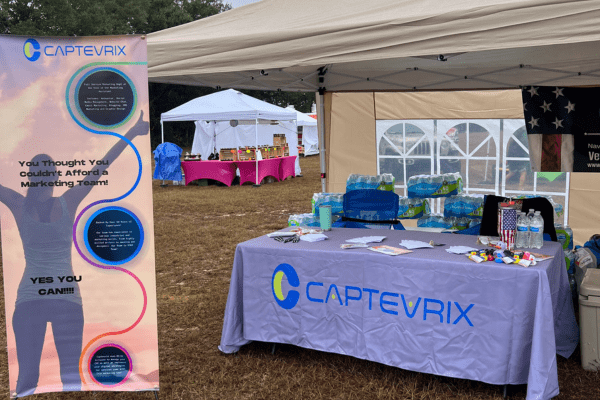Case studies are detailed descriptions of a product or service that you provide to a client to showcase the value you added to their lives or business. By presenting this information to your audience in an organized, unbiased, matter-of-fact way, you are able to clearly show a potential lead what you could do for them if they decide to partner with you and your brand.
Creating case studies is a marketing tool that has stood the test of time. Doing so can build your reputation, help your sales team close, and generate high quality leads.
In its basic essence, case studies are stories that take your reader from the beginning of a problem all the way through to their tidy conclusion. You want to show your audience the insurmountable issue and how you and your team came in to ‘save the day.’
It’s not all storytelling, though. There needs to be social proof mixed in, as well – you need to be able to quantify your conclusion. How much money did you save your client? By how much did you increase their website traffic? Were you able find them a long-lasting solution? How can you convince your reader that your solution was best?
It’s About You – But It’s Really Not
This might seem a bit counter-intuitive, or perhaps even confusing. How can your case study not be all about you? It’s your case study, right?
Simple. This case study is for your leads. They need to be able to picture themselves within your story. If you’re writing your case study on how your solar energy company saved a corporate office thousands of dollars every year by decreasing their energy costs, than the building manager reading your case study should be able to identify and picture themselves in your narrative. Be customer-centric and write it with your future customers in mind.
It’s very easy to brag and talk about yourself and the successes of your company. You’ve probably spent who knows how long making your company’s reputation shine – but keep that kind of talk corralled to appropriate places on your website. Or better yet, let your customer testimonials do all the bragging for you.
Pick the Right Client
You want to choose a client that you’ve worked with whom things went smoothly. You want them to be enthusiastic about your brand and have tangible results that can be easily highlighted. When choosing your client, you should ideally pick one that:
- Is respected or known within your target audience
- Is willing to be a brand ambassador for you
- Has had a situation that is repeatable (or has had an issue that your target audience may have, too)
Dive Deep Into Your Data
It’s very important that you present your case study with plenty of data to back up your claims. You can’t come out and say you helped a company on the verge of bankruptcy become a Fortune 500 company without solid facts showing what you did, and how you did it.
This is why you should be thinking about your case study while on the job. Whatever information can support your case study should be kept, recorded, and ready for use once you’re sitting down to write your offer out.
Diane Sawyer-Level Interviewing Skills
To create an engaging case study that doesn’t feel one-sided can be a challenge. The best defense you’ll have against this is using great interviewing skills. Interviewing the client you are writing about is a great starting point. If you’re not certain that you can ask the real tough questions, no worries – these things can always come with research and practice.
During interviews, you may pick up on some thoughts that you hadn’t considered before that could make your case study even more detailed and in-depth. This is a good thing on two fronts:
- You’ll get the authentic voice of your client and the unique view of someone on the other side of the job.
- You’ll learn a lot more about your audience’s needs, struggles, and feelings towards you after the fact.
This can be a dual exercise so make sure you pay attention to other opportunities that present themselves. For a list of awesome questions to ask, click here.
The Design
We all know that marketing materials are judged by their covers. You want your case study to look professional – a Word or Google document will not cut it!
If you have a graphic designer, this is ideal. If not, case study templates are available that you can customize. You want your case study branded throughout, with your brand and the client brand clearly visible. Remember, most prospects will read your case study from a laptop, phone, or tablet.
You always want to end your case study with a CTA (call-to-action). Directing them to get a free estimate or to contact you is crucial when you are using your case study as a lead generation tool. Your CTA should direct readers to a form on your website that will complete the aforementioned action.
Case studies are great additions to any marketing arsenal. With some time and thought, you can easily build an engaging offer that will boost your reputation, equip your sales team, and show your future customers what you are really capable of.















